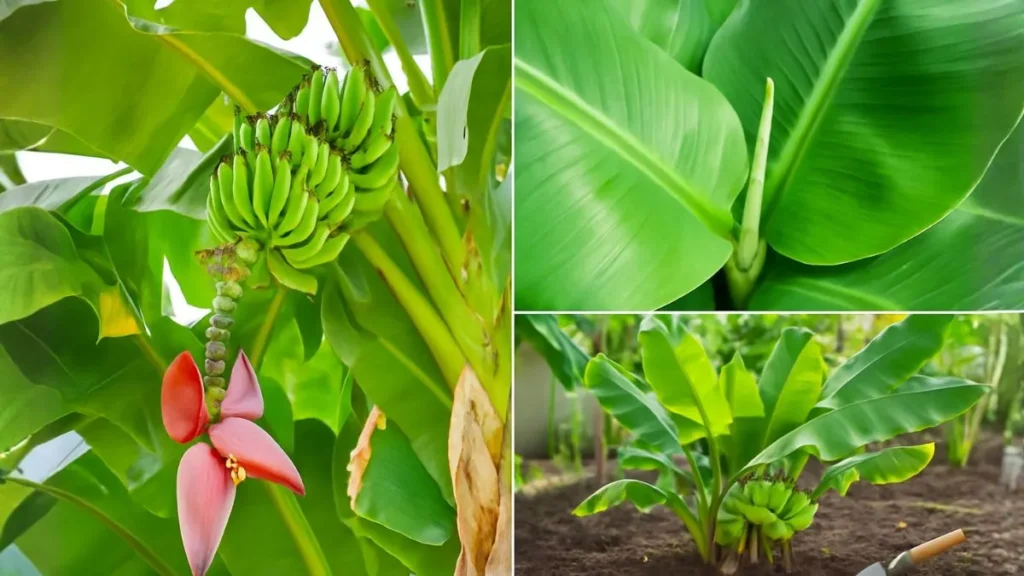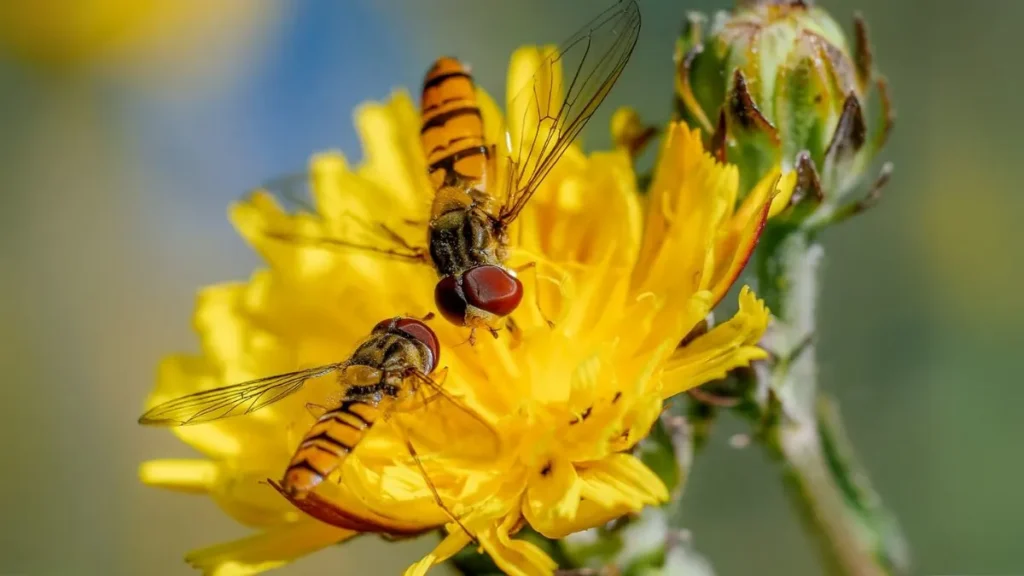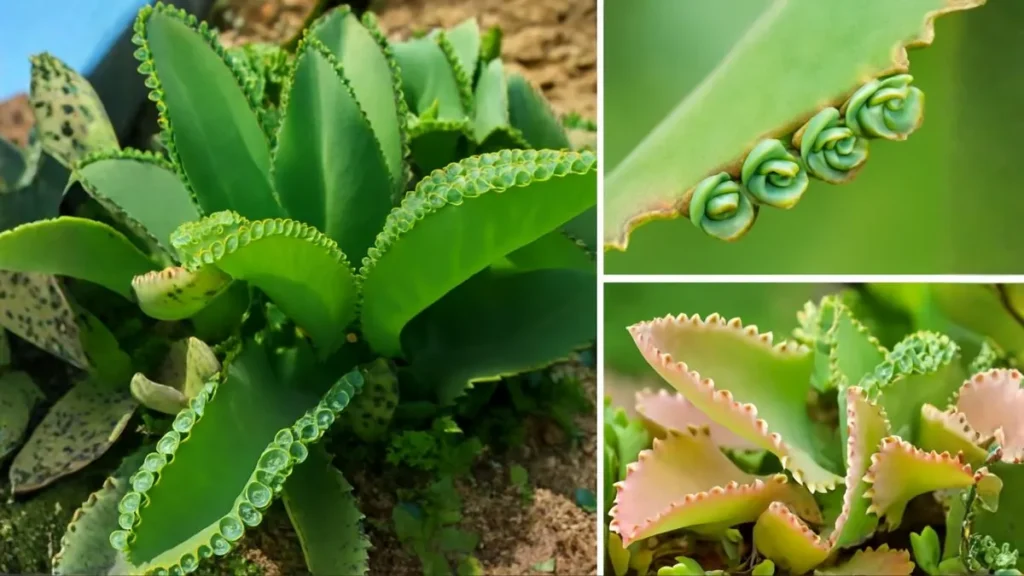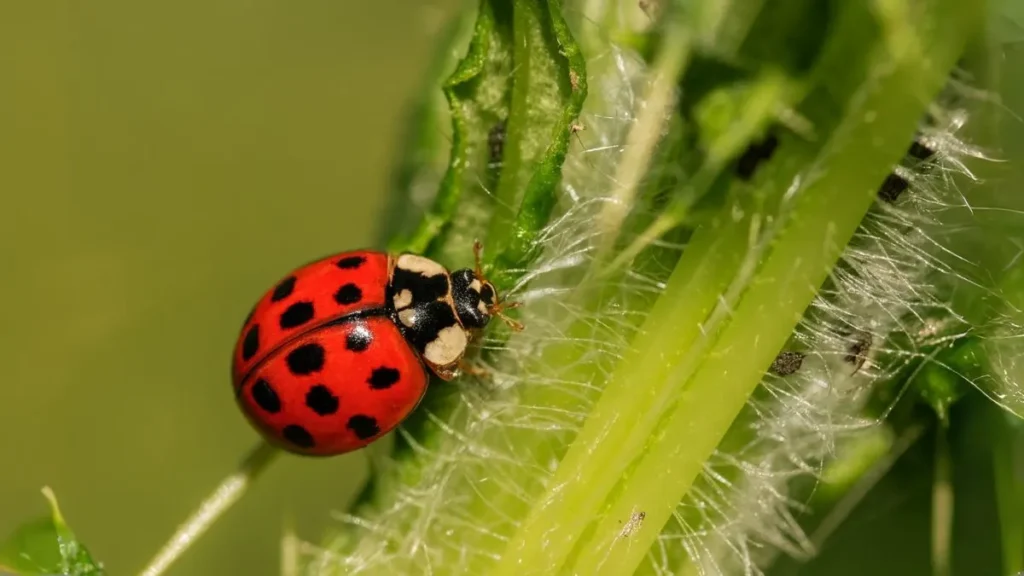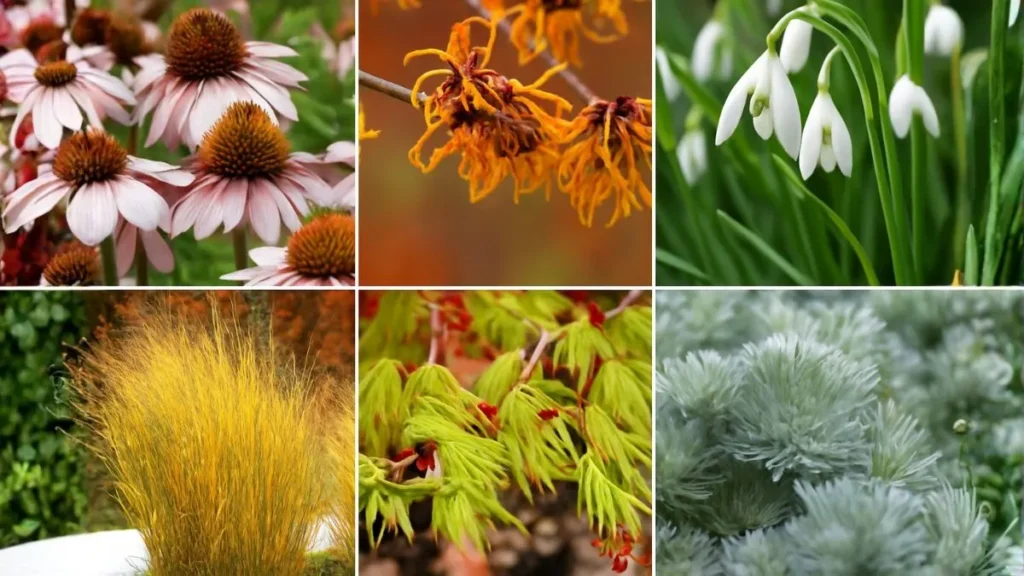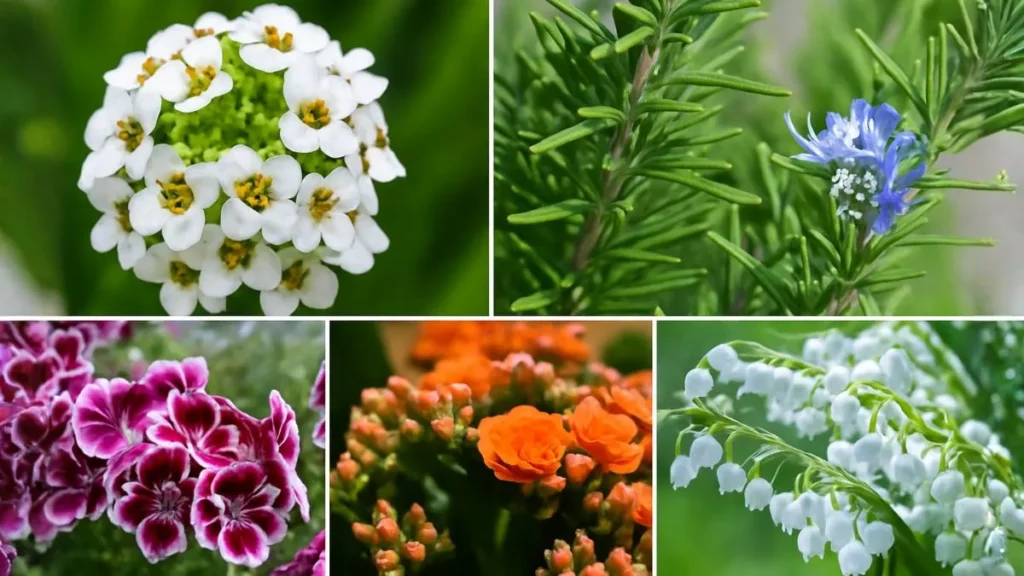If there’s a single habit that separates abundant garlic harvests from so‑so results, it’s planting in early fall. Late September is a sweet spot: the soil is still workable, nights are cooling, and every clove can settle in, form roots, and prepare for a powerful spring push. This timing aligns with garlic’s natural cycle and reliably produces larger, denser bulbs with better storability and richer flavor. In most temperate areas, aim to plant 4–6 weeks before your first hard freeze so roots establish without pushing too much top growth.
Cool Roots, Winter Chill, Spring Surge
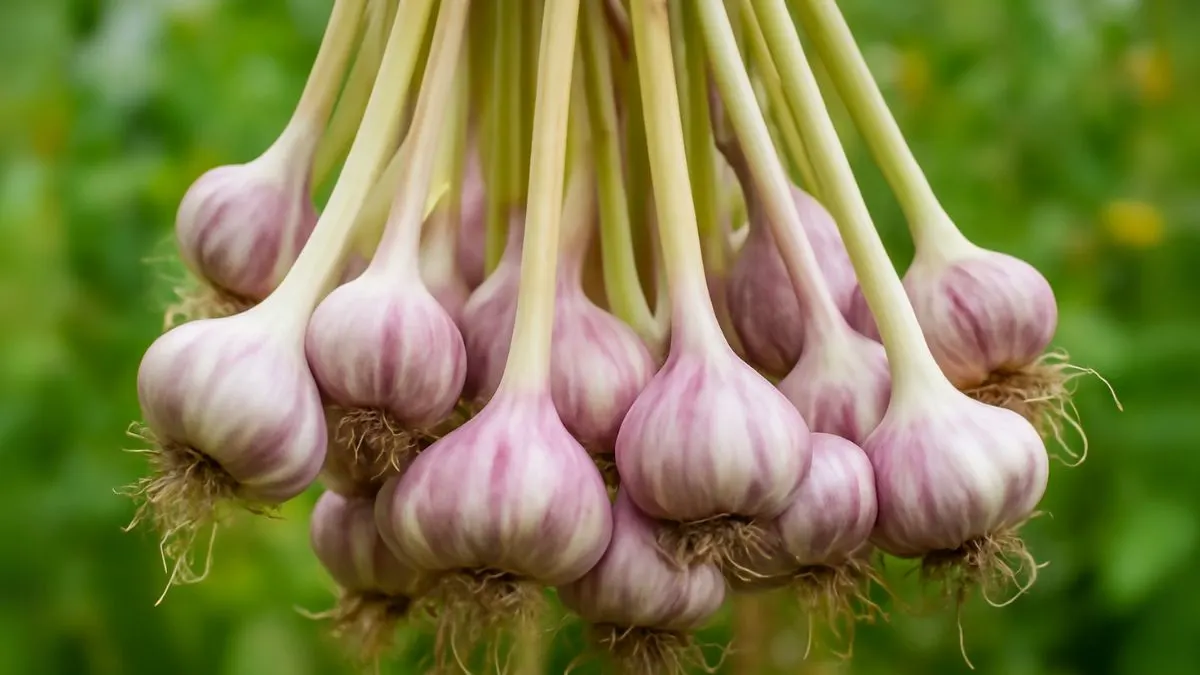
Garlic behaves like a cool-season crop with a built-in calendar. Once planted, cloves begin rooting whenever the soil isn’t frozen. Through winter, plants go dormant but keep those roots primed. The cold exposure delivers vernalization—a cue the plant needs to properly form and size up bulbs as daylight increases in spring. That’s why fall sets typically mature into well-divided heads 7–8 months later, from late spring to early summer, with uniform size and strong flavor.
Zone-Based Timing That Works
Use this simple rule: plant 4–6 weeks before the ground freezes. Then fine-tune by zone:
- Zones 0–3: early to late September.
- Zones 3–5: late September to early October.
- Zones 5–7: mid to late October.
- Zones 7–9: late October into November.
Match varieties to climate: hardneck types excel in cold winters and deliver complex flavor; softneck types suit warmer areas and offer superior storage.

Benefits You Can Count On
- Bigger bulbs and better yields thanks to early root development and a longer growing runway.
- Natural vernalization over winter supports proper clove division and bulb sizing.
- Reliable spring emergence and faster canopy growth as days lengthen.
- Excellent curing potential and strong, aromatic flavor when harvested at maturity and dried well.
What If Garlic Isn’t Dug and Replanted?
Left alone, garlic forms crowded clumps that turn “grassy”—lots of narrow shoots with small, low‑quality bulbs. Annual lifting, selecting the best cloves, and replanting keeps vigor high and bulbs market-worthy.
Also Read: From Heart Health to Glowing Skin: What Purslane Does to Your Body
A Cold-Climate Snapshot
In heavy clay beds (common in cool regions), amending for drainage and planting the final week of September consistently leads to robust spring stands and dense, uniform bulbs by early summer. The biggest wins come from correct depth (2–3in), mulching after the first hard frost, and replanting only from the largest, healthiest cloves.
How to Plant Garlic in September: Step-by-Step
-
Prep the bed
-
- Choose a sunny site with excellent drainage; raised beds shine here.
- Aim for soil pH around 6.4–6.8 and add compost for structure and steady nutrition.
-
Select and prep seed cloves
-
- Buy high-quality seed garlic (disease‑free stock).
- Break bulbs into individual cloves 0–7 days before planting to preserve vigor.
- Plant the largest cloves for the biggest bulbs; eat the small ones.
-
Plant with precision
-
- Depth: 2–3in to the clove tip.
- Spacing: 4–6in between cloves; rows 10–12in apart for airflow.
- Orientation: pointed tip up, basal plate down.
-
Time it right
-
- Target soil near 50°F at 4in depth.
- If the fall is unusually warm, delay a week to avoid lush tops before winter.
-
Mulch and maintain
-
- Mulch after the first hard frost with clean straw, shredded leaves, or pine needles to buffer soil temps and reduce heaving.
- In spring, water consistently during dry spells; reduce irrigation as tops begin to yellow to improve curing.
-
Manage scapes and harvest
-
- For hardnecks, remove garlic scapes in early summer to redirect energy into bulb sizing.
- Harvest when several lower leaves have browned but 4–6 green leaves remain (they form the wrapper layers).
- Cure in a dry, shaded, well-ventilated place for 2–4 weeks before trimming and storing.
Fall vs. Spring
- Root establishment: fall planting builds strong roots before winter; spring has less time.
- Bulb size and yield: fall plantings typically win on size and consistency.
- Flavor and storage: full-season development and proper curing deliver bold, long-storing bulbs.
- Vernalization: winter provides the chill fall garlic needs; spring plantings often require pre-chilling to avoid poor division.
- Reliability: fall schedules are simpler and more forgiving across Canada, the USA, and similar climates.
Also Read: Burdock Root: The Ancient Healing Remedy with Modern Benefits
Regional Windows at a Glance
- Canada (zones 3–5): late September to early October.
- Northern USA (5–7): mid to late October.
- Southern USA (7–9): late October into November (softnecks preferred for heat and storage).
Key Takeaways
- For most temperate gardeners, garlic should be planted in late September to mid-October.
- The 4–6 weeks before freeze rule balances strong rooting with minimal premature top growth.
- Lift, divide, and replant annually to prevent grassy clumps and maintain bulb size and quality.
Check the local first hard freeze date, prepare a well-drained bed, and set cloves 4–6 weeks ahead of freeze. Choose the right variety for the zone, mulch after the first hard frost, and manage spring moisture and scapes for peak results.
